So I'm struggling with a couple silly things...this is what happens when things get really, really daunting (this issue with the power supply)...I tend to recess and get distracted by something that is really of no consequence.
The first is the color of the EQ section knob caps. They are all still the putty color, like all the knob caps were when I first got the mixer (except for the BUSS MASTER knobs...they've always been red). Anyway, its just visually challenging to pick the right pot when I want to tweak something. It looks like this...the line of 8 putty colored pots...the 9th one at the bottom is the STEREO PAN control:
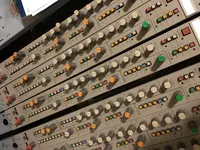
So I wanted to do something with color. But there are only 5 different colors of knob caps (red, green, blue, orange and putty), and I've designated green for the monitor buss, red for master level on summing busses, and orange as level controls. Blue knob caps are super rare, and I don't believe any Tascam products ever had blue on the smaller stacked pots. So then I wondered about dyeing the plastic...I thought about having every other knob of the 8 in the EQ section be dark chocolate brown...this is an accent color Tascam used in the fader slider caps on some models, so that provided the Teac tie-in...I read up on dying plastics, bought some dark brown RIT dye and followed the instructions using some spare putty-colored parts from an old 234 parts nightmare. It was a total fail. So, unless there is some other way to dye plastics, I am back to sticking with all putty, or using other standard colors...I have 24+ small green knob caps, over 36 of the small orange, and a dozen small red ones...and then I think I have 9 of the large orange, and some odds and ends. I know I'm over-thinking this, but the logic of the color scheme is important to me, to the point I've taken considerable care in rearranging the colors of the switch caps too...but the practicality of visually breaking up the little river of putty in the EQ section. I'd really love any thoughts anybody has on this or ideas however grand or small.
The *other* thing I'm grappling with is this...its always bugged me that the PGM group and STEREO PAN controls on the M-__ have no center detent. I don't know why they did that...maybe that's what was on-hand in the custom shop...but that's 24 PAN knobs that I have to look to see if they are centered...can't do it by feel. I have a somewhat janky M312 I'll be selling at some point that happens to have the exact same PAN pots, only with center detent...22 of them...part of me wants to swap PAN pots...crazy, right? But I would do that...I'm used to the idea that PAN pots should have a center detent. But then I was thinking about it further placement in the stereo field isn't done by looking at the position of the pot...it *should* be done by ear. And how often is stuff dead center anyway? On the PGM groups I'm normally going to have that thing hard R or hard L to isolate a signal to one group, and the STEREO PAN will often be something other than center except for things like lead vocal...or whatever the centerpiece of the song is. So am I splitting hairs too much? I need somebody to talk some sense into me...maybe no center detent is more common than I think?
I'm still working on the power supply. I think I'm making some incremental gains on the disparate ripple issue between the +15V and -15V rails...but I've been pretty busy and have to order parts, and I have to figure out what parts first. Anyway, the important task at hand (the power supply) isn't dead in the water...just catching my breath I think, but those two issues above are kind of driving me bonkers a little. Any input anybody?
 ).
). ).
).
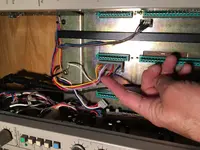
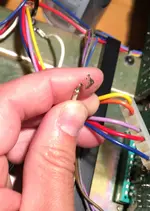
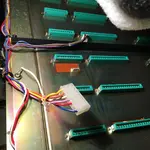
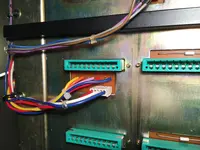

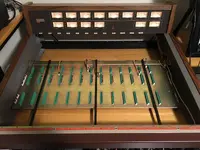
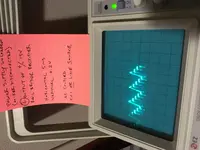
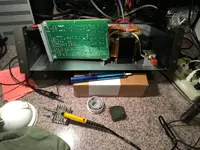

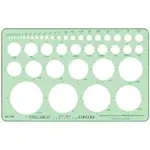
 )
)
